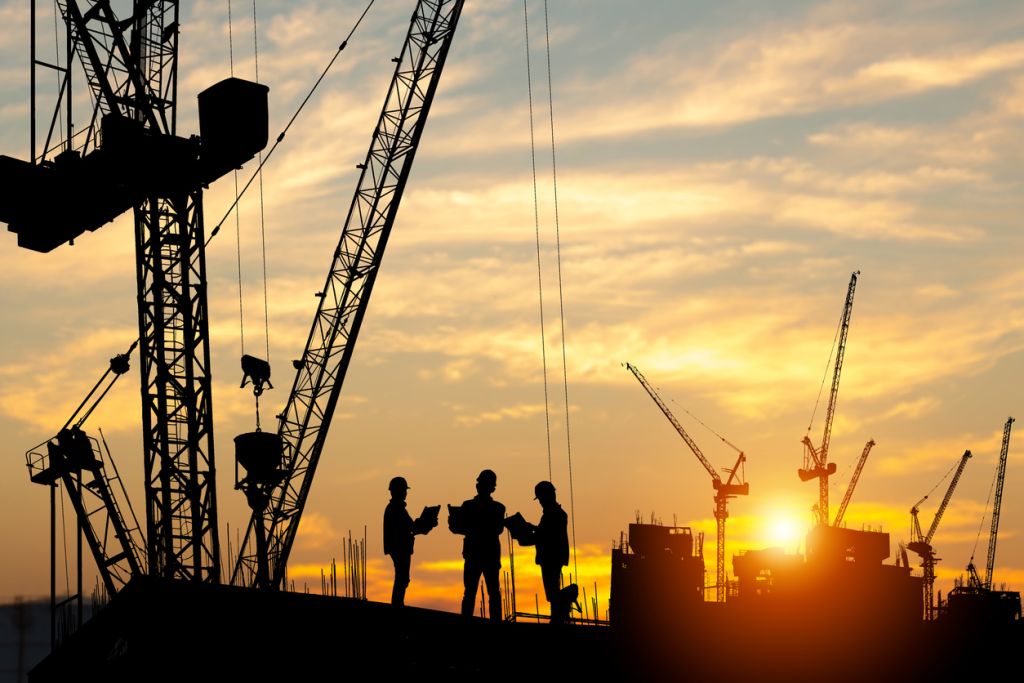The past few years have brought significant challenges to the construction industry. Supply chain issues, rising costs, fixed price contracts and increased activity from the ATO have created a perfect storm of conditions, that (as expected) has led to a significant increase in insolvencies. However, whilst construction-related insolvencies are at the highest level seen in years, the construction unemployment rate is at a record low. This is indicative of a wider, more ingrained problem.
The cause of low unemployment in the construction industry
The construction industry is experiencing a significant, skilled labour shortage. Fewer people are willing to learn trade skills. Young workers entering the field cannot gain the necessary experience to keep up with their highly skilled (but aging) counterparts. Not only do these factors put additional pressure on wage increases, but they can also jeopardise the overall quality of the project and increase the risk of costly mistakes. This can greatly impact productivity.
Contraction in the business cycle
During a typical period of economic contraction, insolvencies will increase, as will the unemployment rate. An increase in unemployment is also important for combatting inflation, as decreasing demand for goods and services (generally) takes pressure off wages, raw materials and the cost of financing. The challenge for Australia is that not all industries are affected by a contracting economy equally.
The construction insolvency labour trend
In the current climate, construction workers impacted by insolvency are quickly being absorbed by other, viable firms. Wage increases can drive inflation, hurt profitability and only increase the risk of a firm becoming insolvent. Strong demand for construction coupled with poor profitability has been described as a “profitless boom.” A firm that cannot profit will not survive.
The takeaway
The pandemic has had an undeniable, long-lasting impact on Australian labour market conditions. Construction is a critical industry in Australia. It is our backbone. With time, the industry will hopefully stabilise. The path towards economic recovery and productivity growth may be slow. In the long term, innovation, legislative reform or deregulation will be necessary, to re-establish construction as a viable and effective industry.

